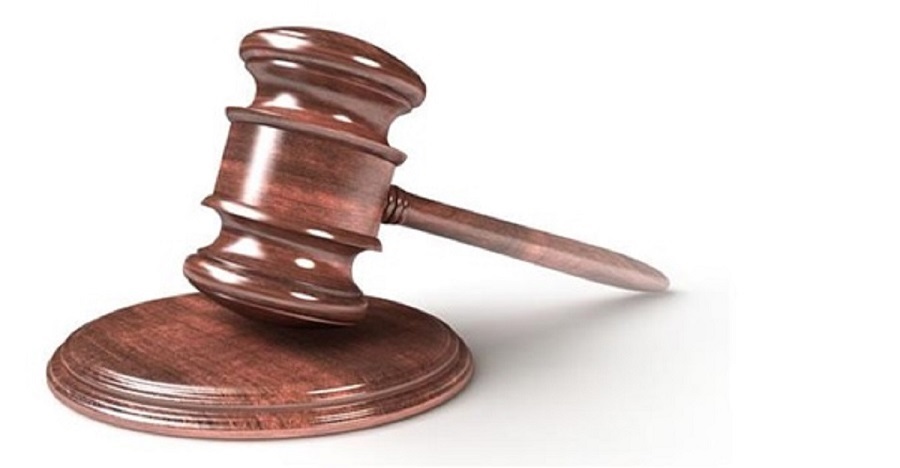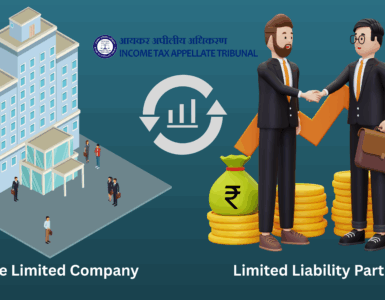Facts of the Case
A Reconstitution Deed of partnership executed between the Thirteen Partners with the name ‘M/s. Mangalore Ganesha Beedi Works’ (hereinafter referred to as the ‘firm’) on June 30, 1982. Duration of this firm was five years, which could be extended by six months. (as per Clause 16 of Partnership Deed). The firm was dissolved on December 06, 1987 after extending a period of six months. However, because of the difference of opinion among the partners, two of the partners of the firm filed a petition before the High Court of Karnataka for winding up of the firm.
Order dated November 05, 1988 is passed permitting the group of partners (seven in number) to continue the business as an interim arrangement till the completion of winding up proceedings.
Winding up order dated June 14, 1991, is passed fixing minimum price of INR 30 crores for the sale of the dissolved partnership firm as a going Concern to such of its partner(s) who makes the offer of highest price with the following conditions
- The successful bidder was required to accept further liability to pay interest @ 15% per annum towards the amount of price payable to partners from December 06, 1987 until the date of deposit.
- The successful bidder shall deposit the offer price together with interest with the Official Liquidator within a period of sixty days of the date of acceptance of the offer.
On the aforesaid terms, these partners individually or in groups offered their bids. A bid of Association of Persons comprising three partners (hereinafter referred to as ‘AOP-3’), at INR 92 crores, turned out to be the highest and the same was accepted by the High Court vide order dated September 21, 1994.
AOP-3 deposited this amount of INR 92 crores with the Official Liquidator on November 17, 1994, and with the occurrence of this event, assets of the firm were treated as having been sold to AOP-3on November 20, 1994.
However, as mentioned above, though the firm was dissolved, but the business continued because of the orders passed by the High Court keeping in view the provisions contained in the Partnership Deed, the income from the business of the said firm from December 06, 1987 till winding up was assessed as an AOP.
The assessee filed the return for the Assessment Year 1995-1996, previous year relevant to the sale of a business to AOP3 by The AOP. on September 21, 1994. The Assessing Officer, while making the assessments, bifurcated income of the previous Year into two periods i.e. first period from April 01, 1994 to November 20, 1994 (as AOP of the partners who had continued the business in that capacity as in previous years) second period from November 20, 1994 till March 31,1995 on AOP3 .(as the business was handed over to AOP-3). While doing so, the Assessing Officer observed that the entire capital gains on the sale as a going concern of the business of the firm as well as the proportionate profits for the period April 01, 1994 to November 20, 1994, when the controlling AOP was carrying on business as computed in accordance with the order of the High Court in Company Petition No. 1 of 1988, on a notional basis a sum of 9,57,57,007 should be taxed in the hands of the firm., To protect interests of the Revenue, the same amounts were included in the assessment of the AOP for the first period. The income and tax computations were made separately for the two periods in the order of assessment.
While the aforesaid treatment was given to the assessment of the income of the firm, insofar as the assessees as individuals are concerned, on the same date the Assessing Officer made assessment in their cases also by including therein the proportionate share from out of INR 92 crores (the amount of auction bid) as capital gain at their hands and bifurcated the same into long term and short term gain.
Above treatment for tax computation of assessing office was accepted by Commissioner of Income Tax (appeals), Income Tax Appellate Tribunal & high Court.
The learned Senior Counsel for Assesses arose two broad Arguments which attacked the aforesaid assessment.
- There could not have been any capital gain on the sale of ongoing concern it should be treated like slump sales in case of slump sale, provision of Computation of tax on sale of Going Concern / Slump sale subsequently introduced with effect from April 1, 2000 so it can be considered as capital receipts and no capital gain tax payable on thereon.
- If at all the capital gain tax was payable, liability to pay the same was that of the partnership firm and not the individual partners.
Decision
- As per Definition of Slump sale, it should be a lump sum sale without values being assigned to the individual assets and liabilities but in this case. There was a specific and separate valuation for land as well as building and also machinery, therefore, it Could not be Considered as Slump sale.
- Partnership firm was dissolved on December 06, 1987, the necessity for filing the petition under the Companies Act arose because of differences between the partners pertaining to the affairs of the firm. However, this was done as an interim arrangement till the completion of winding up proceedings. Pertinently, insofar as the firm is concerned, it did not carry on business thereafter as an existing firm.
- Insofar as the firm is concerned, it did not file income tax returns after the date of dissolution. So it stood dissolved and was no more in existence.
- The income that was generated from the business, after the dissolution, was assessed by the income tax authorities in the hands of such erstwhile partners as an AOP. It is this AOP which was filing the returns and getting the same assessed in that capacity and paying the income tax thereupon.
- Further, in the orders passed by the High Court from time to time in the said petition, insofar as the firm is concerned, it has always been described as ‘the dissolved partnership firm’. Thus, the assets which were sold ultimately on November 20, 1994, were of a dissolved partnership firm, though as an ongoing concern.
- From above points, we conclude that partnership firm is dissolved on December 06, 1987 so capital gain tax should not taxable in hands of Partnership Firm.
- As AOP-3 retained the tax amount from the consideration which was payable to the assessee herein and it is AOP-3 which was supposed to file the return in that behalf and pay tax on the said revenue income.




